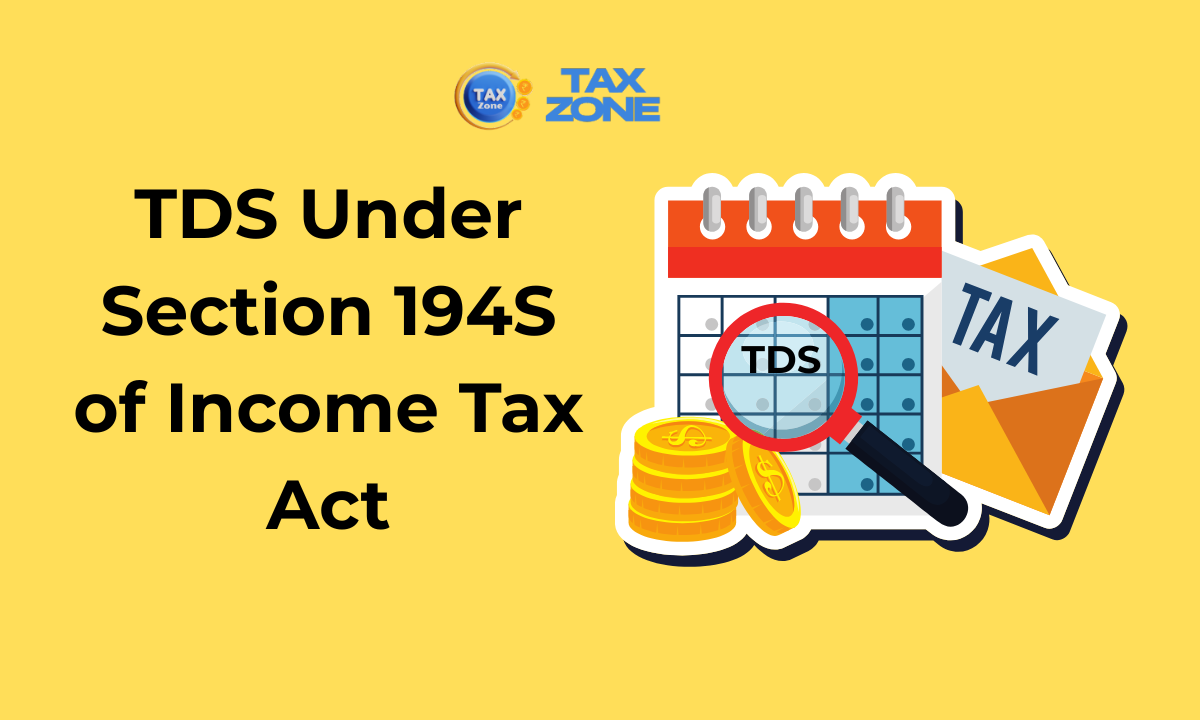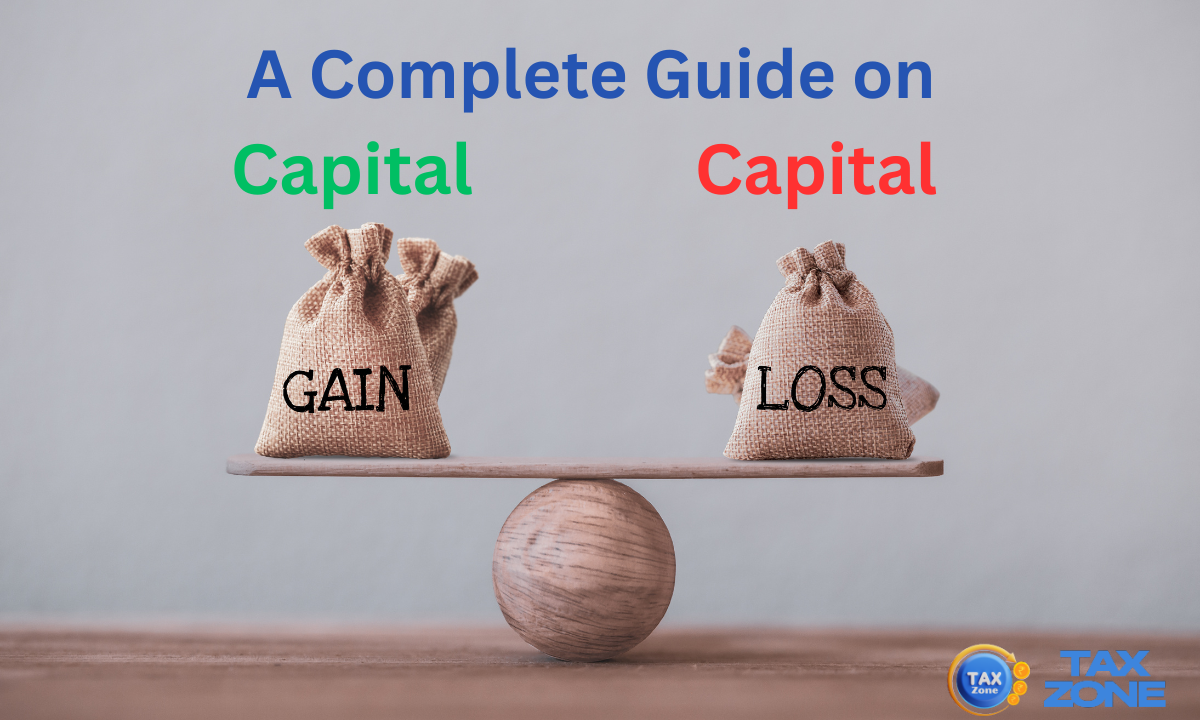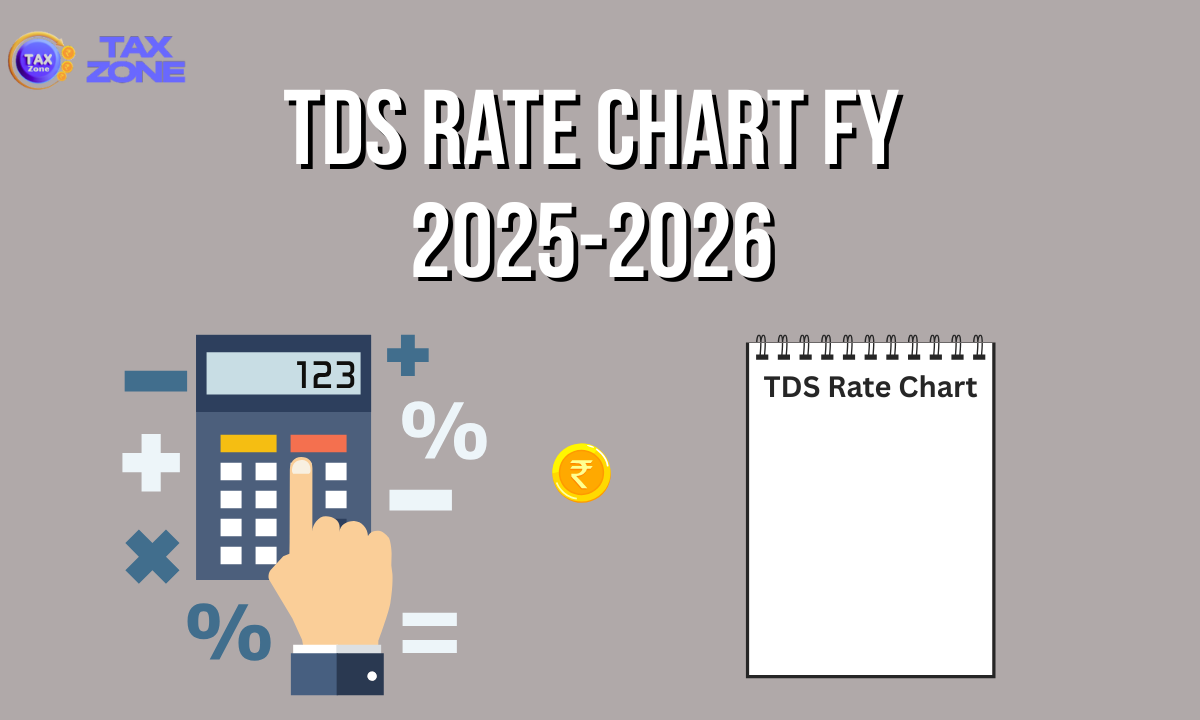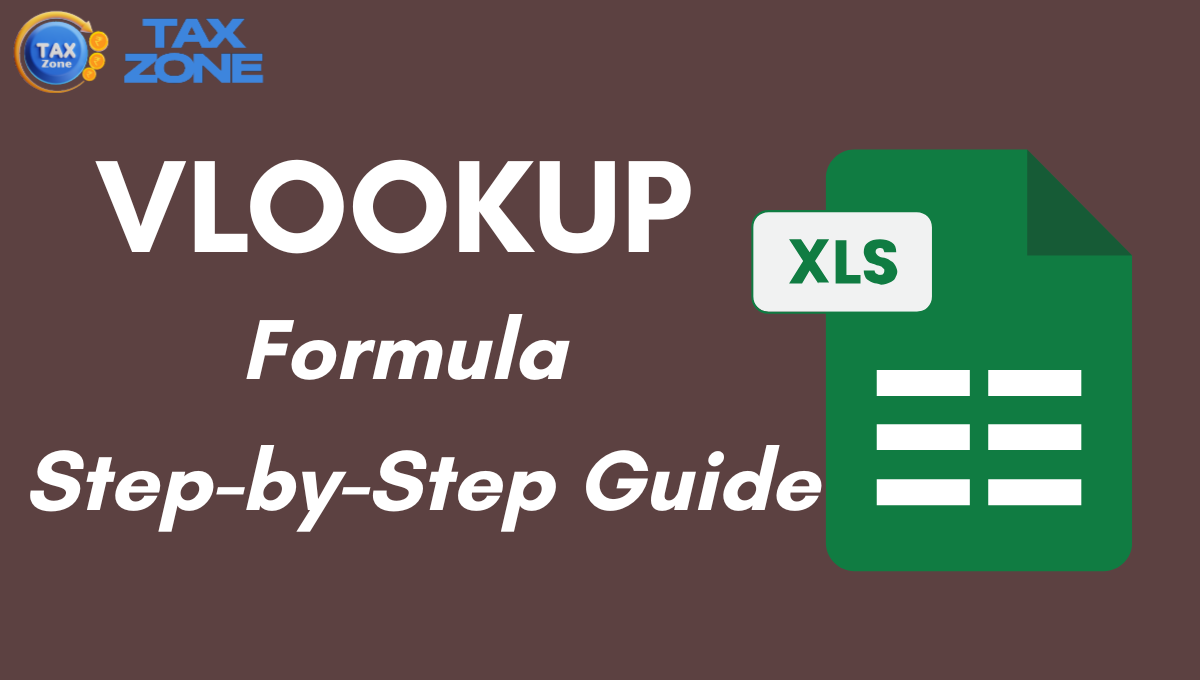The Income Tax Section for TDS under Section 194S was introduced via the Finance Act 2022, as the Government of India wants to take significant steps to bring Virtual Digital Assets (VDAs) under the tax net. TDS Section 194S is critical for regulating TDS on crypto and digital asset transactions.
This guide decodes Section 194S in a comprehensive manner, suitable for both individual investors and tax professionals.
What is Section 194S of the Income Tax Act?
Section 194S mandates that any person making a payment to a resident as consideration for the transfer of a Virtual Digital Asset (VDA) must deduct TDS at 1% of such payment.
Why was 194S Introduced?
Due to the anonymity and decentralization of VDAs, it was difficult for the Income Tax Department to track gains and profits from crypto trades. Hence, the government adopted a withholding mechanism (TDS) to ensure at least partial tax compliance and data traceability.
What are Virtual Digital Assets (VDAs)?
As per Section 2(47A) of the Income Tax Act:
Included as VDAs:
- Cryptocurrencies like Bitcoin, Ethereum, Dogecoin
- NFTs (Non-Fungible Tokens)
- Any digital representation of value generated through cryptographic means, blockchain, etc.
- Assets that are tradable, transferable, or storable digitally
Not considered VDAs:
- Central Bank Digital Currency (CBDC) like Digital Rupee (e₹)
- Gift cards, e-vouchers (unless specifically notified)
- Loyalty points or rewards on credit cards
Who is Liable to Deduct TDS Under Section 194S?
Case A: Crypto Exchange Transactions
- If the crypto is bought/sold through an exchange, the exchange (like WazirX, CoinDCX) is generally responsible for deducting TDS.
- If the payment is not routed through the exchange, both parties may be liable.
Case B: Peer-to-Peer (P2P) or OTC Trades
- In direct trades (not through exchange), the buyer must deduct and deposit TDS.
TDS deduction needs to be ensured at the time of payment or credit, whichever is earlier.
TDS Rate Under Section 194S
| Situation | TDS Rate |
|---|---|
| PAN is furnished | 1% of consideration |
| PAN not furnished / invalid | 20% (u/s 206AA) |
Note:
- No surcharge or cess is added to TDS.
- TDS is required even if the VDA is sold at a loss.
Threshold Limit for TDS Applicability
For Individuals or HUF (Non-Business or Small Business/Profession):
- ₹50,000/year per buyer
- Applicable if turnover < ₹1 crore (business) or ₹50 lakh (profession) in preceding FY
For All Others:
- ₹10,000/year per buyer
This limit is aggregated across the financial year.
Example Scenarios
Example 1:
Ravi, a salaried employee, buys Bitcoin worth ₹20,000, ₹10,000, and ₹25,000 at different times (total ₹55,000).
- The threshold ₹50,000 exceeded
- TDS of ₹550 applies
Example 2:
Arjun, a trader, executes 5 transactions of ₹2,500 each (total ₹12,500).
- The threshold ₹10,000 exceeded
- TDS of ₹125 must be deducted
Mode of Payment: When is TDS Deducted?
Cash or INR Payment:
- TDS is deducted and deposited via challan.
Crypto-to-Crypto Transfers:
- Example: Swap 1 ETH for 0.05 BTC
- No INR involved, but TDS @1% must be paid in INR before transaction
Both parties may agree to handle TDS or the exchange may do so.
How to Deduct and Deposit TDS under 194S
- Obtain TAN (Tax Deduction Account Number)
- Deduct 1% at payment or credit
- Deposit using Challan ITNS-281 within 30 days of month-end
- File TDS returns quarterly (Form 26Q)
- Issue Form 16A (TDS certificate) within 15 days of Form 26Q due date
How to Claim TDS Deducted Under Section 194S
Step-by-Step:
Step 1: Verify in Form 26AS and AIS
- Access via TRACES or income tax e-filing portal
Step 2: File ITR
- Report crypto income under ‘Income from Other Sources’ or ‘Capital Gains’
- Input TDS amount
Step 3: Refund or Adjustment
- If TDS > liability, the excess is refunded after processing
How Are Crypto Gains Taxed Apart from TDS? (Section 115BBH)
| Particular | Rule |
| Tax Rate | Flat 30% on crypto profits |
| Deductions | Only the cost of acquisition allowed |
| Set-off | Crypto loss can’t be set off against other income |
| Carry forward | Not allowed |
Example:
- Sell price: ₹1,00,000
- Buy price: ₹80,000
- Profit: ₹20,000
- Tax: ₹6,000 (30%) + surcharge & cess
TDS was only ₹1,000 (1%), but full tax liability is ₹6,000.
Penalties and Interest for Non-Compliance
| Default | Consequences |
| Not deducting TDS | Recovery + interest @1%/month |
| Not depositing TDS | Interest @1.5%/month till deposit |
| Late TDS return | Penalty ₹200/day u/s 234E |
| Not issuing Form 16A | ₹100/day penalty u/s 272A(2) |
FAQs on Section 194S
Q1. Is TDS required for a ₹5000 transaction?
Ans- No, if annual total is < ₹10,000 (₹50,000 for certain individuals)
Q2. What if TDS is already deducted by the exchange?
Ans- You can claim it via ITR. Verify it in Form 26AS/AIS.
Q3. Can crypto loss be adjusted against other income?
Ans-No. Section 115BBH prohibits it.
Q4. Is TDS applicable on crypto gifts?
Ans-No TDS, but recipient may be taxed under Section 56(2)(x) if gift > ₹50,000.
Q5. What about foreign exchanges?
Ans- Buyers must deduct and deposit TDS manually.
Best Practices for Crypto Users in India
- Trade on compliant Indian exchanges
- Keep PAN, Aadhaar, bank details updated
- Monitor annual trading volume
- Download TDS certificates regularly
- Maintain transaction records
- Hire a tax professional if required
Conclusion
Section 194S is more than just a tax provision—it’s a compliance tool ensuring VDA transactions are traceable and taxed. By understanding deduction, threshold, and claiming process, crypto investors can remain compliant and avoid scrutiny.
Stay informed. Stay compliant.






